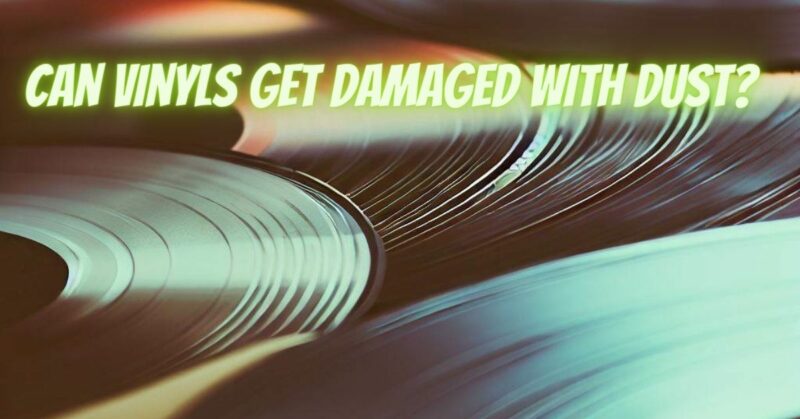Vinyl records, with their analog charm and rich sound quality, have enjoyed a resurgence in popularity. However, as collectors and enthusiasts know, these delicate musical artifacts require proper care to maintain their optimal condition. Dust, a seemingly innocuous culprit, can actually have a significant impact on the quality and longevity of vinyl records. In this article, we’ll explore the potential damage caused by dust on vinyl records, the reasons behind it, and best practices for keeping your cherished collection dust-free.
The Dust Dilemma: A Closer Look
Dust particles are tiny, but their effects on vinyl records can be substantial. When dust settles on the surface of a record, it can lead to a range of issues, including compromised sound quality, increased wear and tear, and even permanent damage.
How Dust Affects Vinyl Records
- Sound Quality: Dust particles can interfere with the playback process by getting caught in the grooves of the record. This results in audible crackling, pops, and distortion during playback, diminishing the pristine sound that vinyl enthusiasts seek.
- Needle Wear: The stylus (needle) that reads the grooves is delicate and sensitive. Dust particles act as abrasive agents, causing increased friction and wear on the stylus. This not only reduces the stylus’s lifespan but can also lead to inaccurate tracking and degradation of sound quality.
- Groove Damage: Over time, dust particles can embed themselves in the grooves of the record, causing physical damage. This damage is often irreversible and can result in consistent crackling and skipping during playback.
- Static Buildup: Dust contributes to the accumulation of static electricity on the record’s surface. Static attracts even more dust, exacerbating the problem and potentially causing further damage during playback.
Preventive Measures: How to Keep Vinyl Records Dust-Free
- Storage and Sleeve Care: Store your records vertically in a controlled environment, away from direct sunlight and humidity. Use protective inner and outer sleeves to shield records from dust when not in use.
- Cleaning Routine: Establish a regular cleaning routine using anti-static brushes, carbon fiber brushes, and specialized cleaning solutions. Gently brush away dust before playback.
- Cleaning Tools: Invest in anti-static cleaning tools designed for vinyl records. These tools effectively remove dust without causing harm.
- Clean Hands: Handle records with clean hands and hold them by the edges to prevent the transfer of oils and dirt.
- Cleaning the Turntable: Regularly clean your turntable’s platter, tonearm, and stylus to prevent dust from transferring onto the record during playback.
Dust might appear innocuous, but its potential to damage vinyl records is significant. By understanding the ways dust impacts sound quality, stylus wear, and groove integrity, collectors can take proactive steps to safeguard their valuable vinyl treasures. Incorporating preventive measures such as proper storage, routine cleaning, and gentle handling can go a long way in preserving the authentic sound and nostalgic experience that vinyl records offer. By keeping your records dust-free, you’re not just maintaining their quality; you’re also ensuring countless enjoyable listening sessions for years to come.


